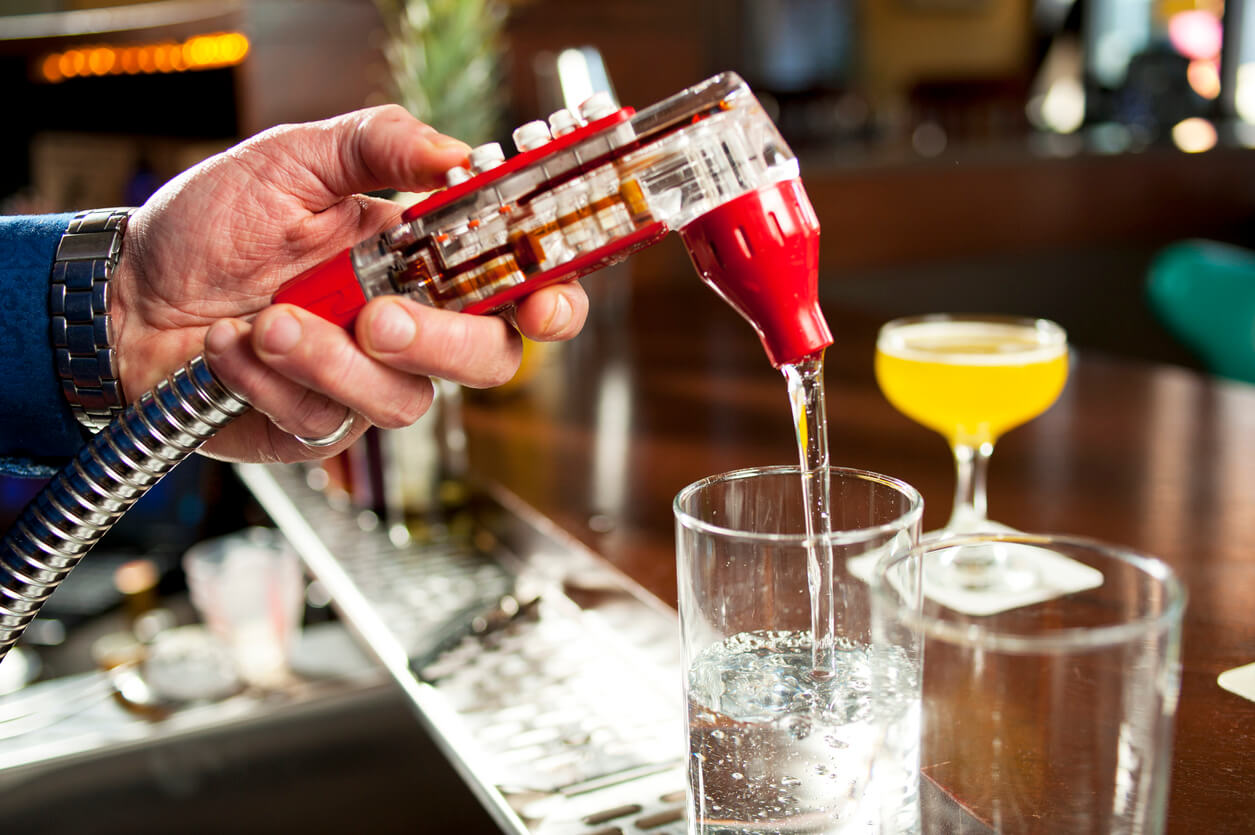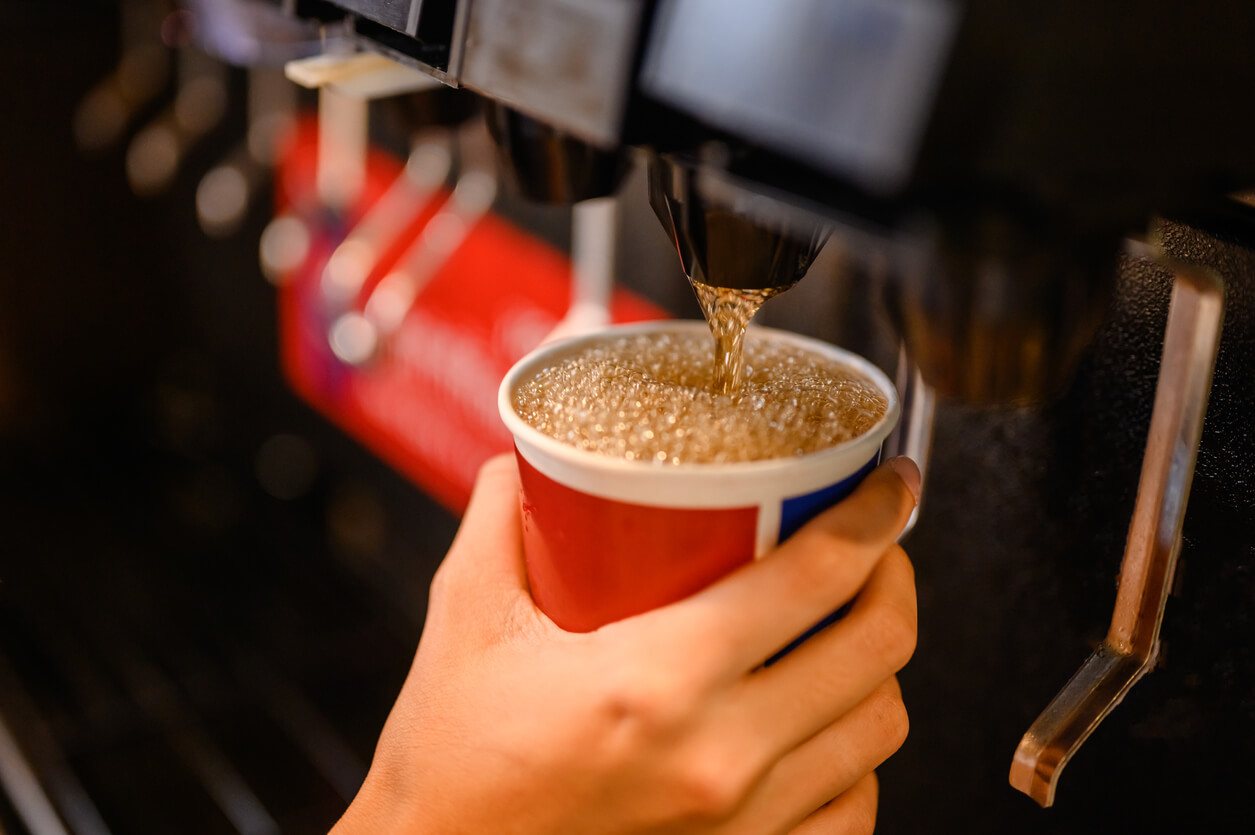

Carbon dioxide (CO2) is a colorless, nonflammable gas consisting of one part carbon and two parts oxygen. It’s one of the most important gases because it has multiple industrial uses. The restaurant and beverage industry relies on CO2 as a primary ingredient in many of the beverages that proprietors serve to their patrons, as it contributes to the taste and fizz.
The Meritus Gas Partners distributor near you is the best source for beverage-grade CO2 tanks that will help you meet customer demand and add value to your products and business. Partner with a reliable supplier that delivers top-notch customer service.
CO2 is the fourth-most abundant gas in the Earth’s atmosphere and beneath its surface. Several manufacturing processes also generate carbon dioxide, such as the manufacturing of ammonia and ethanol. The latter method has experienced a decline in the wake of the COVID-19 pandemic due to a lack of demand. Shortages can also occur in summer due to the planned temporary closings of many ammonia plants.
CO2 costs can vary due to several factors. For instance, legislation that increases tax credits for carbon sequestration can affect sourcing expenses for purification plant operators, which affects their pricing. The volatility of transportation costs also influences CO2 prices.
CO2 systems figure prominently in many restaurant and beverage applications. Bars and taverns use them with beer kegs. The pressurized gas propels the beer through the line and the attached tap into the glass during the pouring process. The CO2 displaces the beer at a constant pressure, replacing the poured product by occupying the space in the keg that would otherwise be empty. Many restaurants use CO2 to carbonate soda and water.
Some restaurants prepare their own pastries, cakes and other baked goods instead of relying on outside vendors or frozen products. CO2 enables employees to maintain the appropriate temperature for the ingredients to prevent spoilage. Many restaurant freezing systems also utilize carbon dioxide gas.

Your local Meritus Gas Partners distributor typically offers beverage grade carbon dioxide in high pressure cylinders that contain either 20lbs or 50lbs of CO2. Some of our distributors also offer microbulk CO2. A microbulk CO2 supply system is typically a 500 to 750 liter tank that is mounted outside of the restaurant, tavern, venue or arena and is filled onsite by a microbulk CO2 truck. The microbulk carbon dioxide method of supply offers:

When it’s time for a CO2 refill, the Meritus Gas Partners supplier in your area has what you need. Our network of independent packaged gas distributors delivers high-quality gas and related equipment to businesses just like yours while providing superior customer service.
Get a beverage CO2 tank refill near your restaurant by contacting a local supplier today. Submit our online contact form to request additional information.